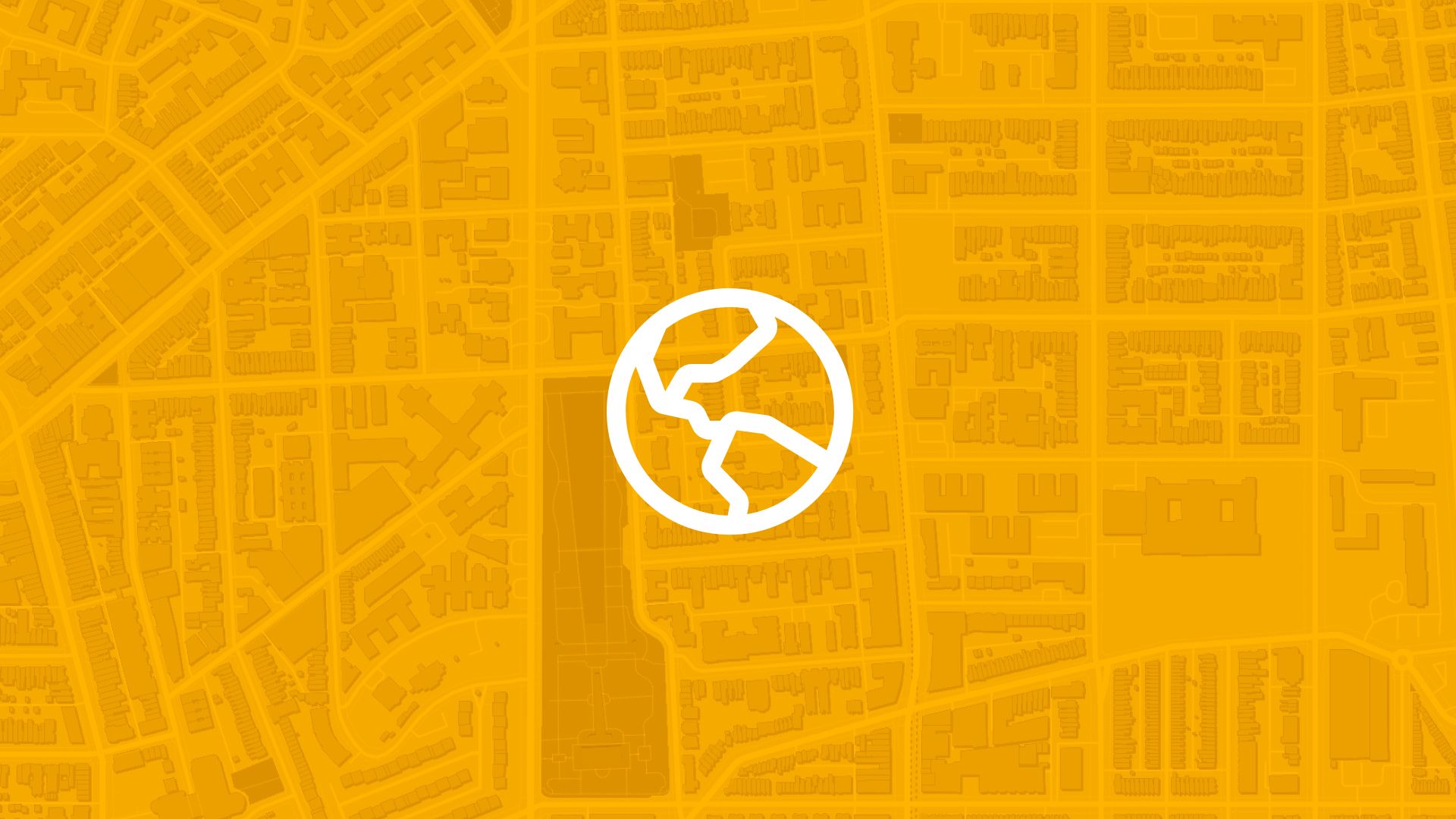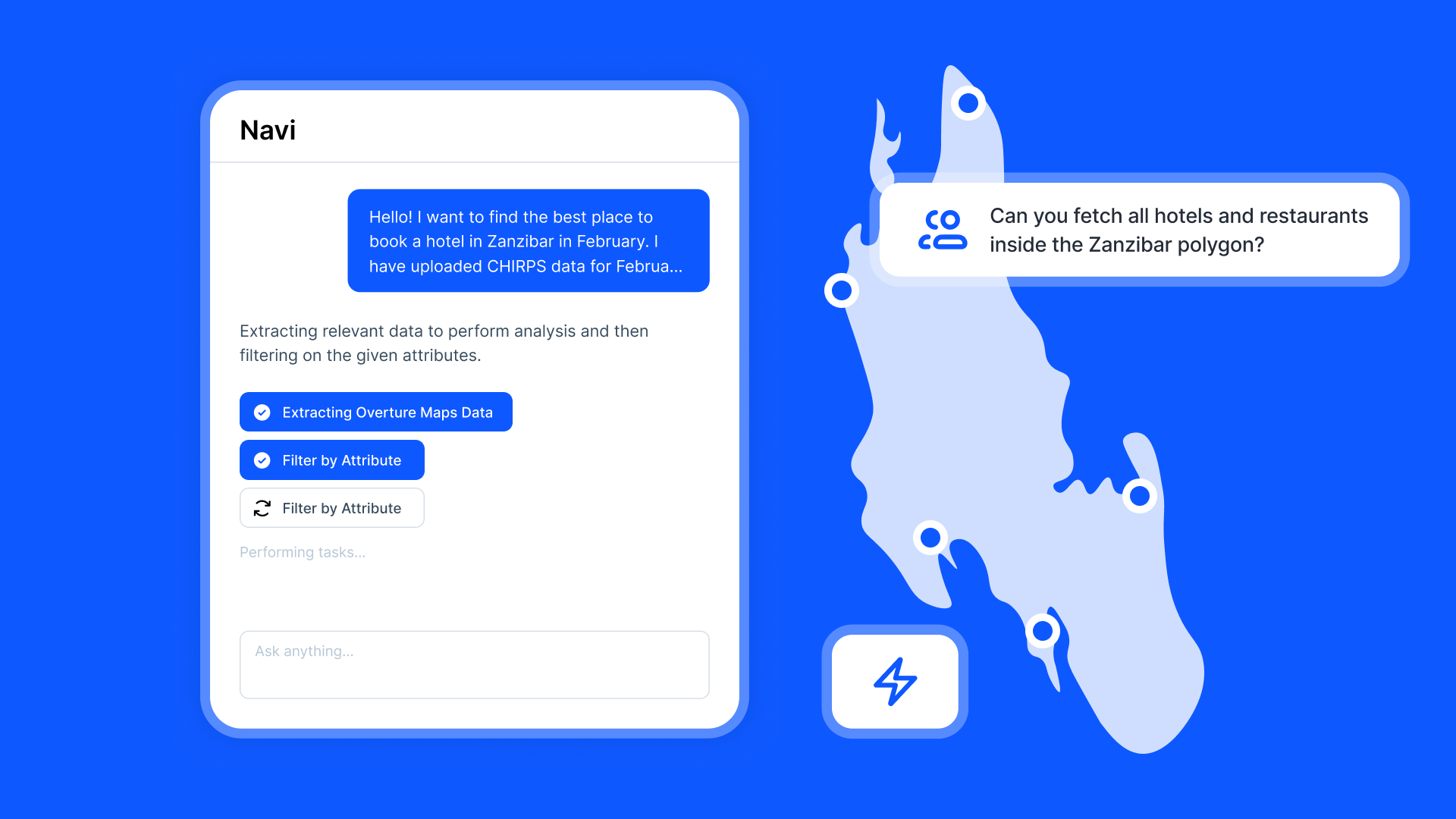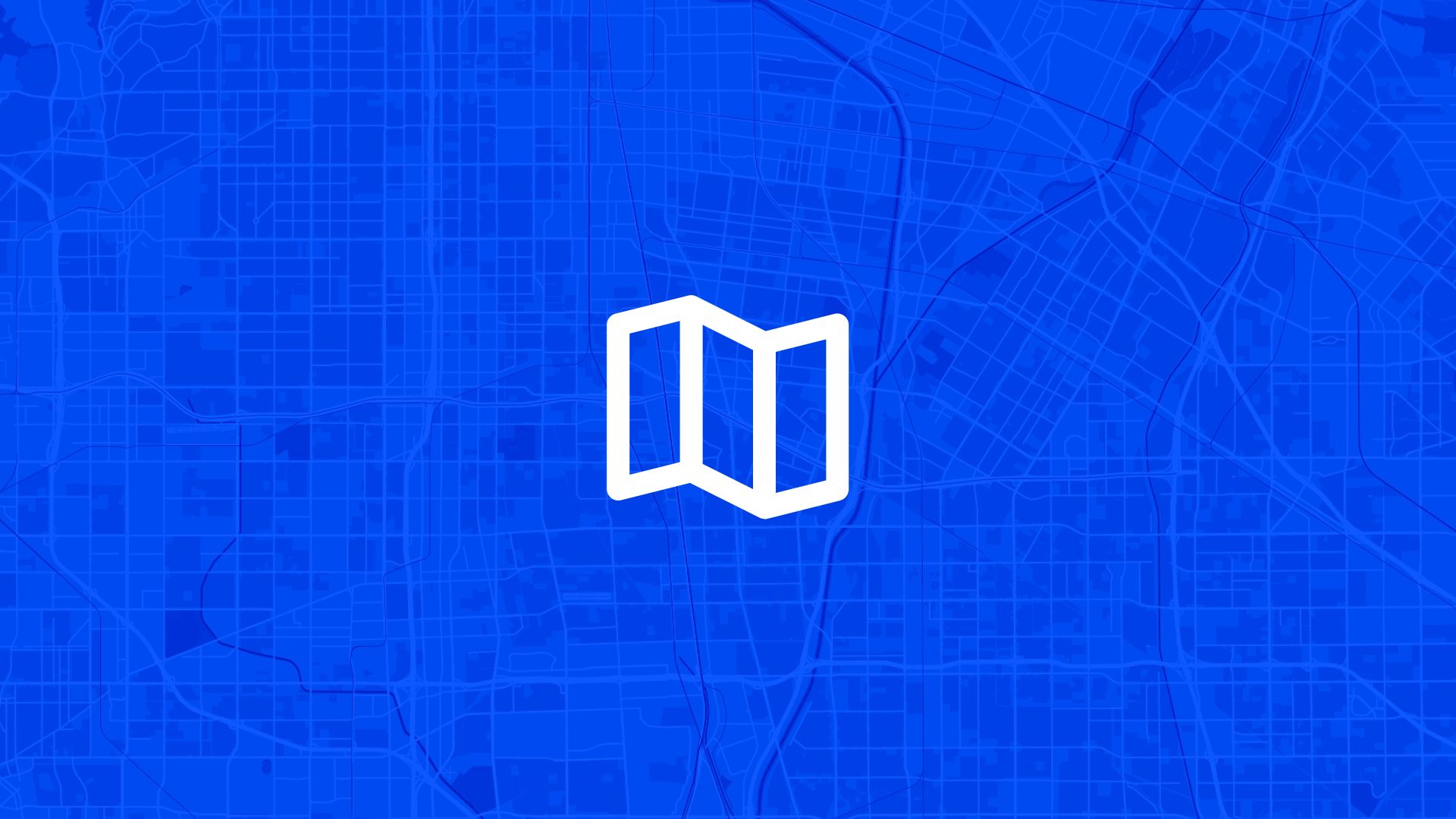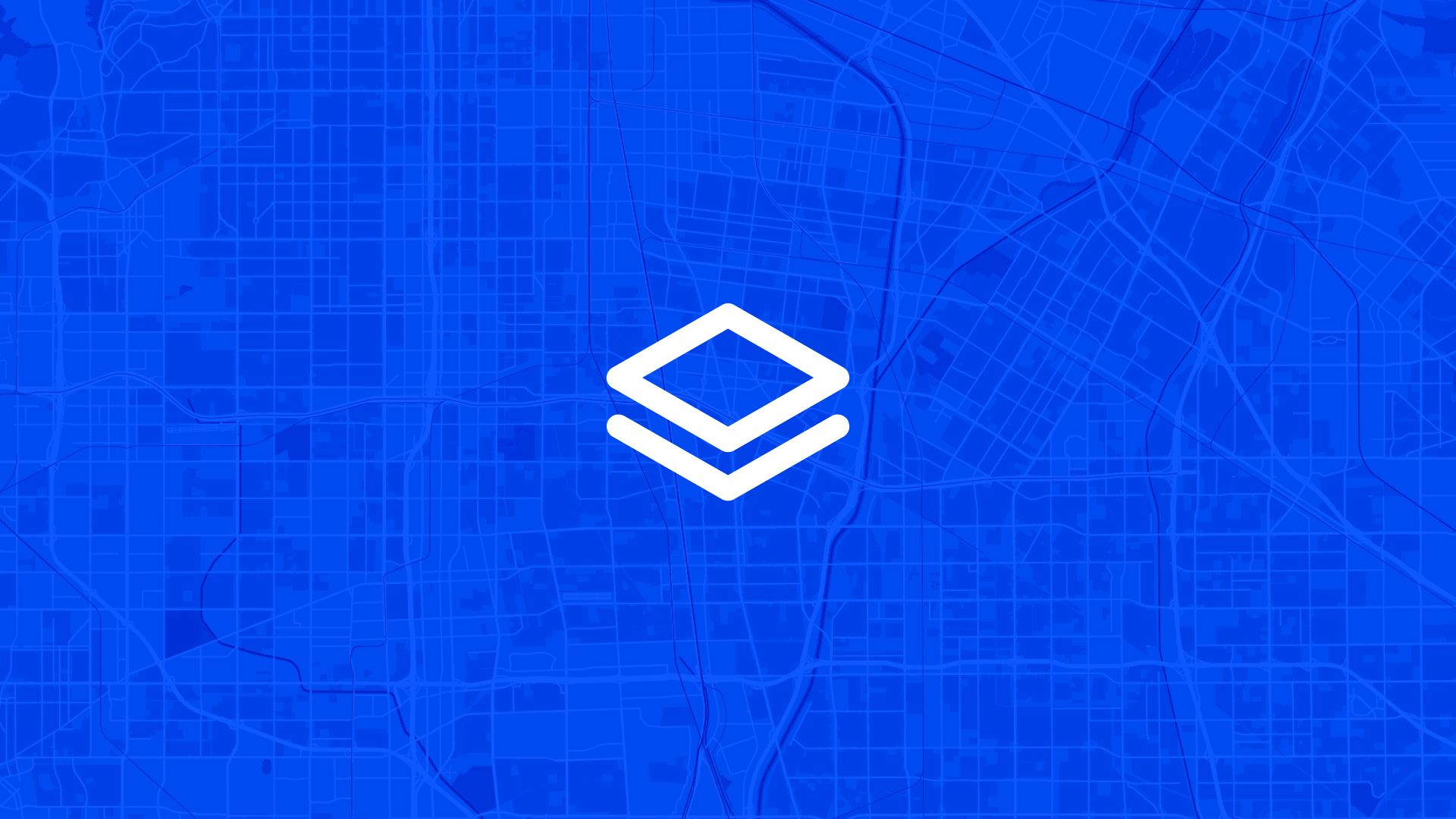The most effective public engagement happens when community members can drop a pin exactly where they see an issue or opportunity.
If your public input process relies only on written surveys, general comment forms, or meetings without spatial reference, you're missing the precise location-specific insights that make community feedback truly actionable. That's why smart community engagement professionals ask: can we create a public map where residents can drop comment pins at specific locations to share local knowledge and concerns?
With Atlas, you can create public maps with comment pin functionality that enables residents to provide feedback exactly where they experience issues or see opportunities. No complex survey platforms, no disconnected feedback systems, no lost geographic context. Everything connects spatially for meaningful community engagement.
Here's how to set it up step by step.
Why Public Maps with Comment Pins Matter
Creating maps with comment pin functionality enables precise, location-specific community input that improves decision-making and public participation.
So public comment pin maps aren't just modern engagement tools—they're essential systems for capturing community knowledge that makes planning and decision-making more responsive to real local conditions.
Step 1: Set Up Your Public Map with Clear Context
Atlas makes it easy to create comprehensive public comment mapping systems:
- Add base map layers including satellite imagery, street maps, or neighborhood boundaries for geographic reference
- Upload relevant project information showing proposals, existing conditions, or areas of public interest
- Import community context like schools, parks, transit stops, and other landmarks residents recognize
- Create clear map boundaries defining the geographic area where comment pins are most relevant
Once configured, your public map provides the context residents need to provide meaningful, location-specific feedback.
Step 2: Configure Comment Pin Categories and Input Types
Next, structure comment collection to capture useful community input:
You can create comment pin categories for:
- Issues and concerns allowing residents to report problems, safety hazards, or service gaps
- Ideas and opportunities collecting suggestions for improvements, new facilities, or program locations
- Support and appreciation enabling positive feedback about what's working well in the community
- Questions and information requests allowing residents to ask for clarification or additional details
- Photos and documentation encouraging visual evidence of conditions, problems, or opportunities
- Priority rankings letting community members indicate which issues matter most to them
Each comment pin category helps organize community input for effective analysis and response.
Step 3: Enable Simple Public Access and Participation
To make comment pin mapping accessible to all community members:
- Create easy map access that works on any device without requiring account creation or software downloads
- Design simple pin-dropping procedures with clear instructions for adding comments at specific locations
- Set up anonymous options so residents can provide honest feedback without privacy concerns
- Configure mobile optimization ensuring maps work well on phones during neighborhood walks or daily activities
- Add accessibility features including screen reader compatibility and alternative input methods
Public participation becomes accessible regardless of technical experience, device type, or accessibility needs.
Step 4: Moderate and Organize Community Input
To manage comment pins effectively while maintaining public transparency:
- Create moderation workflows that review pins for appropriateness before public display
- Set up input organization grouping comment pins by category, location, and community priority
- Design response procedures showing how public input will be addressed and acted upon
- Configure notification systems that update participants when their input generates action or response
- Establish community guidelines that encourage constructive feedback and respectful participation
Also read: Map Sidewalk Gaps and Collect Input
Step 5: Display Community Input and Build Engagement
To create dynamic, responsive public engagement:
- Show approved comment pins directly on the public map so all participants can see community input patterns
- Add response indicators showing when public input has been reviewed, forwarded, or acted upon
- Create summary visualizations highlighting areas of high community interest or frequent concerns
- Design engagement statistics showing participation levels and community response to the mapping process
- Configure sharing capabilities so residents can direct others to specific comment pins or map areas
Community members see that their participation contributes to a larger conversation and influences real action.
Step 6: Integrate with Decision-Making and Follow-Up Processes
Now that public comment pins are collected on maps:
- Generate community input reports summarizing feedback by location, category, and frequency
- Create action item lists showing which comment pins require follow-up, investigation, or response
- Set up decision documentation that connects public input to policy changes, project modifications, or service improvements
- Design follow-up communication keeping the community informed about how their input influenced outcomes
- Export engagement data for integration with planning systems, customer service, or performance tracking
Your public comment pin mapping becomes part of comprehensive, responsive community engagement and decision-making.
Use Cases
Creating public maps with comment pins is useful for:
- Municipal governments collecting citizen input on services, infrastructure, and community priorities
- Planning departments gathering neighborhood feedback on development proposals and land use decisions
- Transportation agencies receiving community input on traffic safety, transit needs, and infrastructure priorities
- Community organizations facilitating resident participation in neighborhood improvement and advocacy efforts
- Emergency management collecting community input on hazards, preparedness, and response priorities
It's essential for any organization committed to responsive community engagement and data-driven decision-making.
Tips
- Start with focused geographic areas before expanding to city-wide or regional comment pin mapping
- Provide clear instructions so community members understand how to use comment pins effectively
- Set realistic expectations about response times and which types of input can generate immediate action
- Create regular review schedules to ensure comment pins are monitored and responded to promptly
- Combine with other engagement including meetings, surveys, and direct communication for comprehensive community input
Creating public maps with comment pins in Atlas enables precise community engagement.
No separate feedback platforms needed. Just configure comment pin categories, enable public access, and create the location-specific engagement that connects community knowledge with better decision-making.
Planning and Public Feedback with Atlas
When you're planning projects that affect communities, the challenge isn't just creating good technical solutions—it's making sure those solutions work for the people who will live with them.
Atlas gives you the tools to make planning truly participatory: one map for proposals, community input, and transparent decision-making.
Share Plans and Collect Location-Specific Input
You can:
- Upload planning proposals with clear visual context and project details
- Enable public comments tied to specific geographic locations and planning elements
- Moderate and organize community feedback for meaningful analysis and response
Also read: Add Park Locations to a City Map
Build Transparent, Responsive Planning Processes
Atlas lets you:
- Show how public input influences planning decisions and proposal modifications
- Create comprehensive engagement records for planning commission review and public accountability
- Export community feedback for integration with planning workflows and decision documentation
That means no more disconnected public input, and no more questions about whether community voices actually matter in planning decisions.
Plan Better with Community Knowledge
Whether you're updating comprehensive plans, reviewing development proposals, or planning infrastructure improvements, Atlas helps you tap into local knowledge that makes plans work better for everyone.
It's community-centered planning—designed for genuine public participation.
Boost Your Planning Process with the Right Tools
Planning moves fast, but communities need time to understand and respond to proposals. Whether you're collecting input, analyzing feedback, coordinating stakeholders, or making decisions—clarity and participation matter.
Atlas gives you both.
In this article, we covered how to create a public map with comment pins, but that's just one of many things you can do with Atlas.
From community engagement to crowdsourced feedback, participatory planning, and transparent decision-making, Atlas makes complex public participation accessible and actionable. All from your browser. No community engagement expertise needed.
So whether you're managing municipal services, planning community projects, or facilitating neighborhood input, Atlas helps you move from "general feedback" to "location-specific community knowledge" faster.
Sign up for free or book a walkthrough today.





